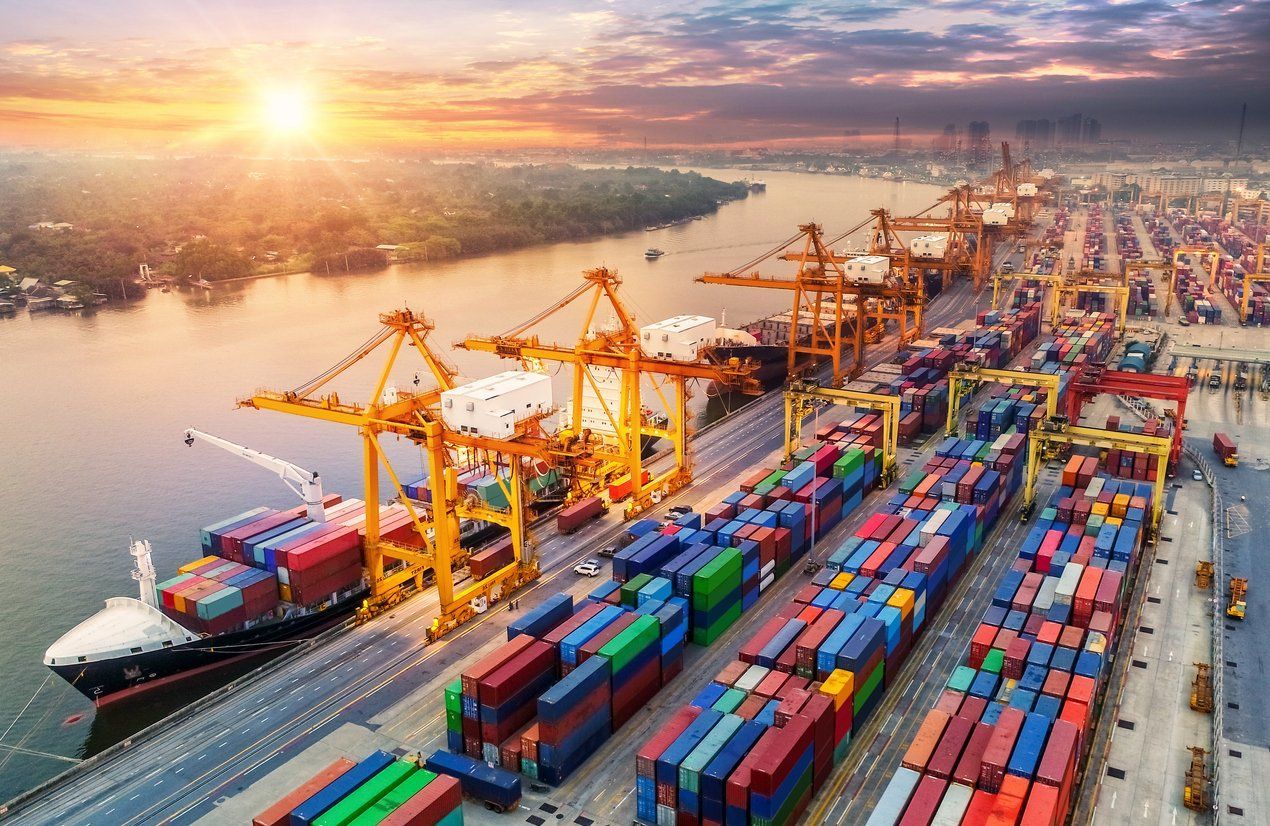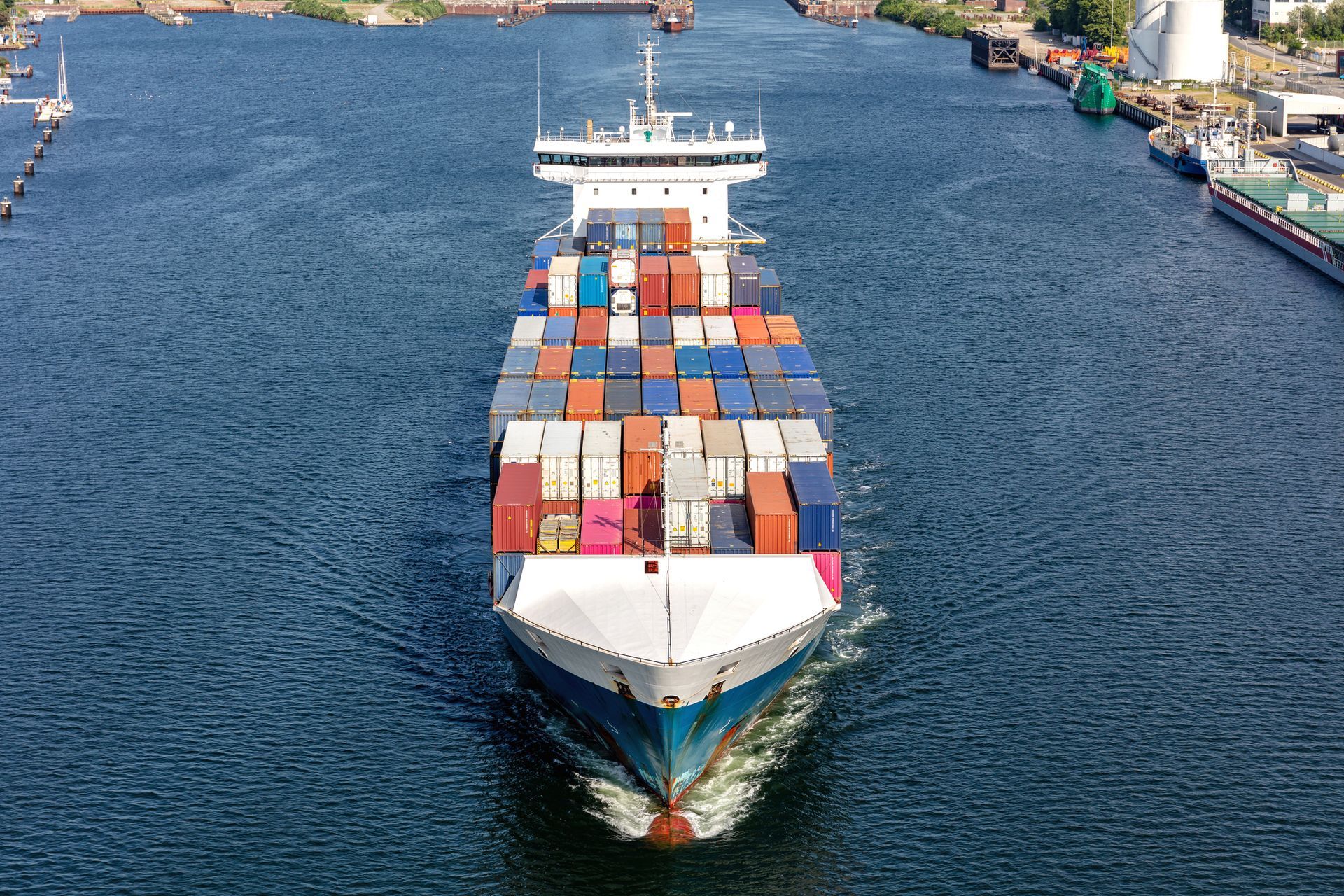
Have you ever stopped to think about the complexity involved in moving goods around the world? With globalization, the ability to transport products across borders has become crucial, but not without its challenges. In the world of international logistics, every detail counts, from packaging to final delivery.
In this scenario, questions arise: What are the real costs of this transport? How can you ensure that everything runs smoothly? And most importantly, how can you ensure that your goods arrive intact and on time?
For companies looking to optimize their operations on the global stage, understanding international logistics is essential. In this article, we will dive deep into the processes, costs and best practices of this segment.
Whether you are looking for ways to improve your international shipping or simply want a clearer view of what is involved, read on and embark on this informative journey with us.
What is International Logistics?
Logistics is fundamental in the business world, focusing on the efficient movement of material and informational resources throughout a supply chain. It encompasses all control and transit of goods from their origin to their final destination.
Professionals in this area ensure that products and related information flow without interruptions. Regardless of the nature of the goods being transported, logistics has several dimensions, such as inventory management, production, packaging, material handling, labeling, insurance, transportation, distribution, storage and security.
Specifically, international logistics is dedicated to the planning, control and management of goods that cross borders, whether through import or export.
This means that, in addition to the traditional aspects of logistics, this area needs to deal with peculiarities of foreign trade, including taxes, documentation and interactions with customs and customs territories.
The importance of thinking about international logistics
International logistics is a complex area, marked by an intricate network of processes and procedures that involve at least one foreign country. Managing these operations is no simple task, requiring meticulous attention, skill and in-depth knowledge.
| Check out the complete and free e-book on sea freight shipping procedures to the United States and Canada!
Logistics managers are responsible for organizing the entire journey of the merchandise, interacting with different countries, and sometimes continents. They determine the most appropriate means of transportation - whether sea, air or rail - at each stage of the movement.
The challenge is to balance delivery efficiency with controlled costs. Therefore, careful analysis is vital to decide the route, type of transportation and form of packaging that will meet the customer's needs.
In many cases, due to the long international transit time, it may be necessary to arrange temporary storage until the next shipment of the merchandise.
A peculiarity of international transportation is the constant interaction with customs. It is essential to have a thorough understanding of customs legislation and regulations, as they are often strict. Any oversights in this regard can result not only in significant delays, with goods being held, but also in more severe penalties.
Thus, thinking strategically about international logistics is essential for the success of any global operation.
Challenges for those working in international logistics
Working in international logistics is a task that requires meticulous attention and specialized skills. Here are the nine main challenges in this area:
1- Packaging of Goods
Packaging must protect the product, facilitate storage and transportation, and provide clear information. It is crucial to have reliable partners and adequate insurance against possible damage or loss.
2- Manual Data Processes
International logistics involves extensive documentation. Many of these processes, such as barcode registrations, are still manual, leading to delays and requiring more human effort.
3- Shipping Conditions
Monitoring packaging conditions throughout the logistics chain is a challenge. It is not always possible to check in person, which can lead to discrepancies between what is declared and what is actually done.
4- Shipping Updates for E-commerce
With the growth of e-commerce, ensuring accurate and frequent tracking updates becomes essential. A lack of information can leave customers in the dark for weeks.
| Read also the differences between LCL and FCL modalities
5- Choice of Modals
International logistics uses four main modes of transport: road, sea, rail and air. Each mode has its own peculiarities, and the correct choice directly influences the efficiency of the operation.
6- Road Transport
In addition to international routes, such as Brazil-Bolivia, road transport also complements other modes, transporting cargo between airports, for example. Its flexibility is an advantage, especially in the final stage of delivery.
7- Maritime Transport
Ships move large volumes of goods at lower costs. However, they face high bureaucracy and longer delivery times.
8- Rail Transport
Trains are ideal for heavy loads, with low fuel costs and fewer interruptions. However, their route is limited to the available tracks.
9- Air Transport
Fast and secure, air transport is the choice for urgent and valuable cargo. Although efficient, it has higher freight costs and volume limitations.
It is also vital to understand the different classifications of transport, including modal (one type of transport), multimodal (multiple types with one contract) and intermodal (multiple types with separate contracts).
In this scenario, mastering each aspect and addressing these challenges is essential to ensure efficient international logistics.
Costs involved in international logistics
International logistics involves a variety of costs, influenced by both fixed and variable factors of foreign trade and by the chosen mode of transport.
In a typical international logistics operation, several modes of transport are normally involved: from the departure of the product from the origin to the carrier, from there to the destination and, finally, to the customer. Each stage involves different costs.
Road
In addition to the direct cost of transportation, there are toll expenses, which vary from region to region. The calculation generally considers the weight of the merchandise in relation to the total capacity of the truck multiplied by the kilometer traveled.
Maritime
The costs here are largely determined by the way the container is rented. In the FCL model, the company rents an entire container, paying a fixed amount. In the LCL model, the container is shared with other companies, dividing the freight cost proportionally between the participants.
| Check out the LCL Guide: Everything they DIDN'T tell you and what you need to know about this modality.
Railway
This mode of transport is usually priced according to the weight of the cargo (in tons) multiplied by the kilometer traveled. Although it may be more economical than road transport, its restricted route often requires combination with other modes of transport, which can increase the total costs.
Air
Shipping is calculated based on the weight of the goods and the distance traveled. For example, in the US, a 1kg package can cost between 30 and 50 dollars. Although fast and efficient, it tends to be the most expensive mode of transport.
In addition to these direct transport costs, logistics management needs to consider expenses with packaging the goods and specific foreign trade tariffs.
In short, international logistics is a complex web of costs that vary according to several factors. Understanding and optimizing these costs is essential for an efficient and profitable operation.
Checklist of costs in international logistics
International shipping is not just about the cost of shipping; it encompasses a range of other associated costs. It is essential to have a clear view of these costs in order to plan and execute an efficient logistics operation. Here is a simplified checklist:
Packaging and Conditioning
Costs vary depending on the characteristics of the product and the mode of transport. While ships and planes, which are generally more stable, require fewer precautions, road transport, which sometimes involves uneven roads, requires more robust packaging.
Main Transport Freight
This is the amount charged for the main mode of transport, whether plane, ship, train or truck.
Storage of Goods
Refers to the cost of storing the goods before and after international transport.
Customs Clearance
This is the fee associated with processing the goods through customs, in addition to any taxes and fees.
Airport, Toll and Port Taxes
These are the amounts charged by airports, roads and ports, respectively.
Cargo Insurance
Essential for protection against possible damage or loss during transport.
Storage at the Destination Port or Airport
It is the cost related to the storage of goods after arrival in the country of destination and before customs clearance or subsequent transportation.
Freight for Internal Transport
It corresponds to the transportation of goods within the destination country, from the point of entry to the final delivery location.
Unloading and Checking of Goods
These are the costs associated with inspecting, verifying and receiving the goods at their final destination.
This checklist provides a comprehensive overview of the costs associated with international logistics, helping companies plan and budget their operations more effectively.
How to ensure quality in international shipping
Ensuring quality in international shipments goes beyond following standard protocols. It requires reliable partnerships and efficient logistics management. Here are the essential steps to ensure this success:
1- Master the Documentation
Before anything else, familiarize yourself with the necessary documentation. It is crucial to know platforms such as the Siscomex Single Portal, ensuring that you have quick access to all required documents.
2- Choose Trustworthy Partners
Select carriers that specialize in international shipments, have a good reputation and adequate infrastructure for your goods. Their experience and reliability are vital to avoid the challenges that are common in international transportation.
3- Invest in Travel Insurance
Given the variations in international legislation, it is essential to protect your goods with insurance. This serves as a guarantee for both parties, covering potential damage, losses or other unforeseen events.
4- Monitor the Cargo Journey
Choose carriers that offer up-to-date tracking systems. Knowing exactly where your cargo is and when it will arrive at its destination is crucial. Additionally, upon arrival, make sure you have a team ready to assess the condition of the goods, check that everything was delivered as agreed, and check for damage.
By taking these steps, you will be well-positioned to ensure that your international shipments are successful and trouble-free.
Conclusion
The world of international logistics is vast and multifaceted. As we have seen, navigating it requires knowledge, planning and a solid partnership. From the right packaging to the choice of transport mode, each decision has a direct impact on the efficiency and success of your international shipment.
However, the reality is that even with all this knowledge, logistics operations can be challenging. The key is to have a partner by your side who understands all the nuances and peculiarities of the sector and who is equipped to deal with any eventuality.
And this is where Allink comes into play. Our experience and expertise in international logistics ensure that your cargo is always safe and that the shipping process is optimized to the maximum.
With us, you can count on a personalized approach, guided by experts who have only one goal in mind: to ensure that your goods reach their destination in the most efficient and safe way possible.
Did you like it? Learn how to have your cargo safe with Allink's services!
Continue a navegar no blog da Allink

Mantenha-se informado sobre o comércio exterior
Assine nossa newsletter e receba atualizações semanais de forma gratuita sobre o mundo da logística.




